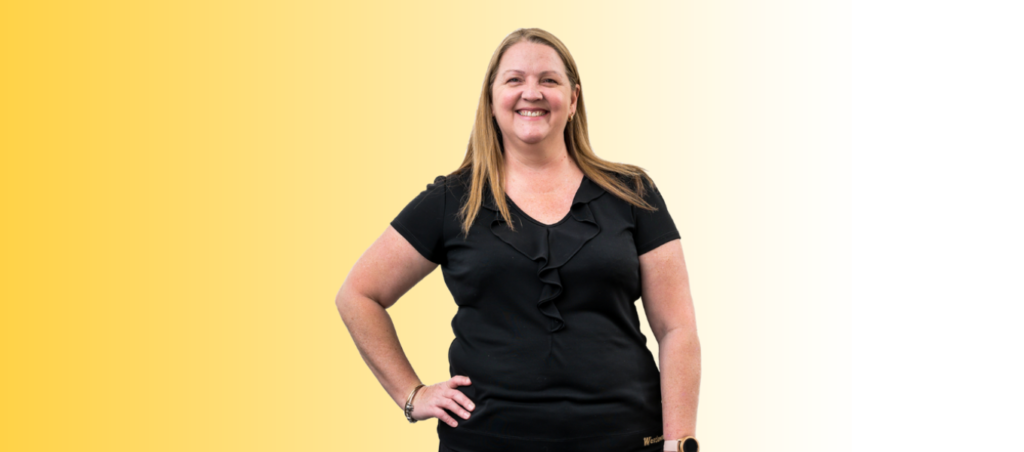What are the most dangerous jobs in Australia? Recent research reveals the roles most likely to result in death or serious injury. Some will come as no surprise, while others may well surprise you. What’s more, many of the most dangerous occupations involve industries well represented across Northern NSW.
The research, conducted by comparison website lifeinsurancefinder.com.au, examined the number of workplace-related deaths and serious injuries across different industries during 2012. For the purposes of the research, a serious injury is defined as that resulting in an absence from work of one week or more.
With 1 in 3 workplace deaths occurring on the roads, it will come as no surprise that the transport and storage industry heads the list of deadliest occupations. In 2012, 65 transport and storage workers were killed, accounting for almost one-third of all workplace deaths for the year.
Speaking to The Sydney Morning Herald, Transport Workers Union assistant national secretary Michael Kaine said the union had been campaigning for a safer road transport industry for more than 20 years. “Road transport workers are 15 times more likely to be killed at work than any other worker in Australia,” he said.
Next on the list of most deadly occupations will involve many workers across Northern NSW. Agriculture, forestry and fishing recorded 53 deaths in 2012. And the most likely causes of death in these industries? Drowning, being hit by an animal and heat exposure.
The next most likely to die on the job are construction workers, with 30 fatalities in 2012. Not surprisingly, falling from a height was the most common cause of death. In fact, falling represented 40% of all construction-related deaths for the year.
Manufacturing was fourth on the list of deadliest jobs, but topped the list for serious injuries. While 18 deaths were recorded, 16,670 manufacturing workers suffered a serious injury. The manufacturing industry accounted for 1.8% of all seriously injured workers in 2012.
Think you’re safe working in retail? Thing again. There were 6 fatalities recorded for retail workers in 2012 with driving, explosions, contact with chemicals and becoming trapped between objects among the causes. Additionally, retail workers suffered 11,000 serious injuries.
Surprisingly, an industry many of us would consider one of the most dangerous – mining – recorded 7 deaths and just 2,670 injuries. So, it appears it’s safer to dig down a mine than to sell in a shop.
The seemingly safe occupations of professional, scientific and technical services offered another surprise with 6 deaths and 2,100 injuries. And finally, utility workers, the men and women working around high voltage electricity, water, sewerage and other hazardous materials, recorded 5 deaths and just 530 serious injuries for the year.
How dangerous is your job? Make sure you have adequate financial protection for you and your family … just in case. Contact your Westlawn Senior Insurance Specialist, Simon Keir, today.
General Advice Warning
The advice on this site may not be suitable to you because it contains general advice that has not been tailored to your personal circumstances. Please seek personal financial, tax and/or legal advice prior to acting on this information.
Westlawn Life Insurance Pty Ltd ABN 91 164 146 285 is a Corporate Authorised Representative (No. 444800) of ClearView Financial Advice Pty Limited ABN 89 133 593 012 AFS Licence No. 331367 GPO Box 4232, Sydney NSW 2001.



